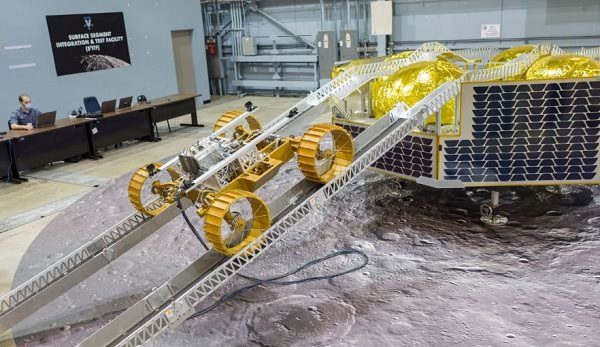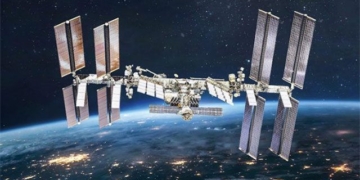Among the new generation lunar exploration devices, the VIPER from NASA (United States National Aeronautics and Space Administration) stands out.
VIPER is currently under construction and is expected to land at the Moon’s south pole in 2024, embarking on a mission to search for frozen water. Equipped with a suite of scientific instruments, the device will collect and analyze samples while mapping the distribution of frozen water on the surface, laying the groundwork for long-term lunar exploration efforts.
VIPER project director Dan Andrews stated: “VIPER follows in the footsteps of NASA’s 2009 LCROSS mission – the first mission to discover frozen water in the lunar polar regions. Since that discovery, many missions have been planned to gain a better understanding of the nature and distribution of frozen water, supporting scientific and exploration goals, such as establishing a human presence on the Moon as part of the Artemis missions.”
“Utilizing in-situ resources will enable humans to live on the lunar surface, as well as create breathable air, drinking water, and even produce hydrogen for rocket fuel,” Andrews added.

VIPER prototype being tested – (Image: NASA).
Adapting to Lunar Polar Conditions
VIPER is about the size of a golf cart and weighs 430 kilograms. The device is equipped with three spectrometers for measuring volatile substances and a one-meter-long drill for soil excavation.
NASA hopes the data collected by VIPER will help shape future missions. According to Andrews: “Knowing where resources such as frozen water are located and the conditions at those sites is directly relevant to a series of future water collection missions. Additionally, understanding how to extract volatile substances may relate to activities on Mars. Mars and the Moon are two different places, but some knowledge gained from the Moon will be beneficial for future missions to collect volatiles on Mars.”
In terms of design and capabilities, VIPER surpasses other devices due to its adaptation to the conditions of the lunar poles.
One of the major challenges faced by the VIPER project is lighting in the polar regions. Here, the Sun remains very low on the horizon, casting long shadows on the lunar surface, which is why the solar panels are positioned on the side of the exploration device rather than on top. Furthermore, four wheels ensure that VIPER can move in any direction while keeping the solar panels and communication systems oriented towards the Sun and Earth.
The suspension system also helps VIPER change its center of gravity to navigate in unstable conditions and environments.
VIPER is Not Alone
The Mohammed Bin Rashid Space Centre of the United Arab Emirates (UAE) is developing a new exploration device to replace the Rashid rover, which went missing in late April after the Japanese lander Hakuto-R crashed on the Moon.
India plans to deploy the Chandrayaan-3 exploration device in July this year.
A team of engineers from Delft University of Technology (Netherlands) is working to establish a team of miniature exploration devices to collect data collaboratively.
The Space Instrumentation Laboratory at the National Autonomous University of Mexico has a similar project.
The Canadian startup STELLS SPACE is developing a “mobile charging” device to provide solar power to stranded exploration devices…





















































